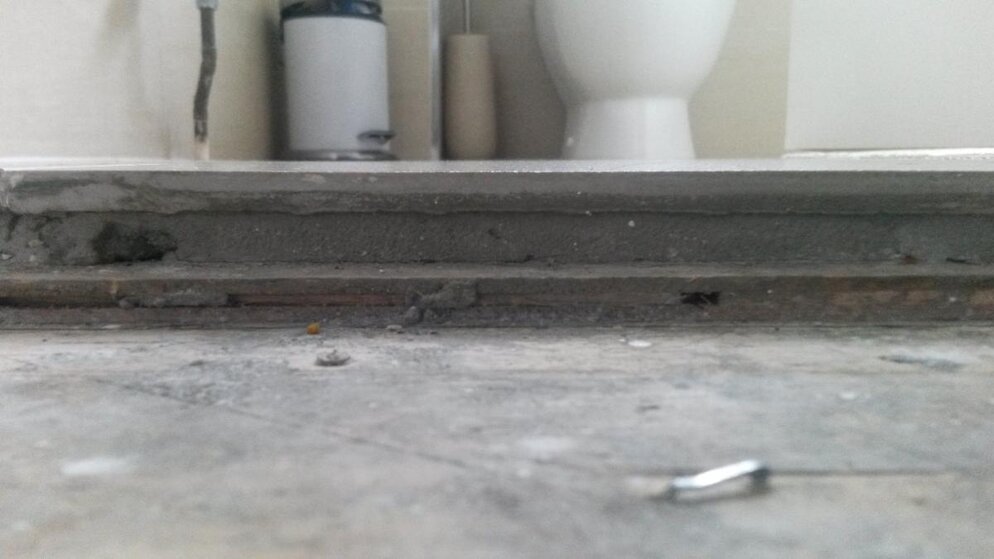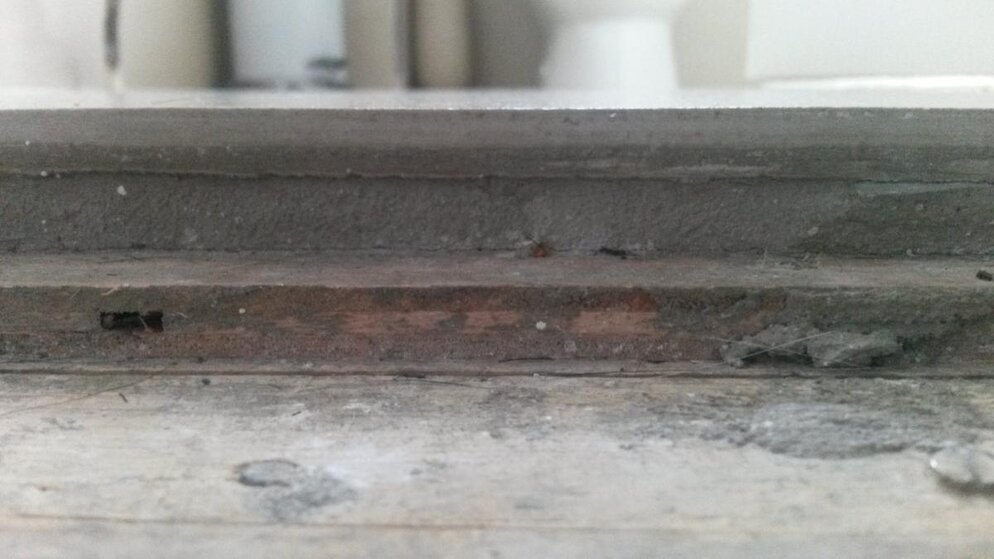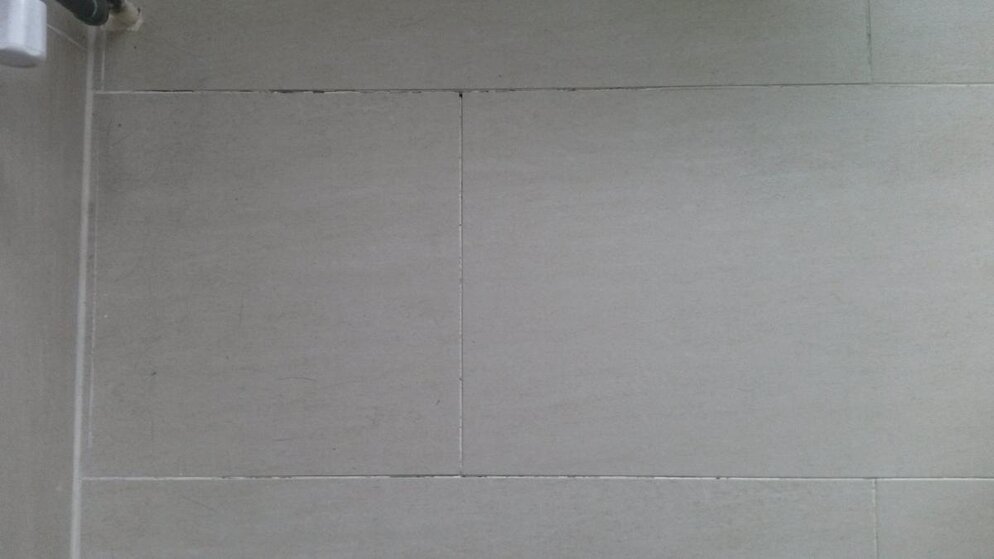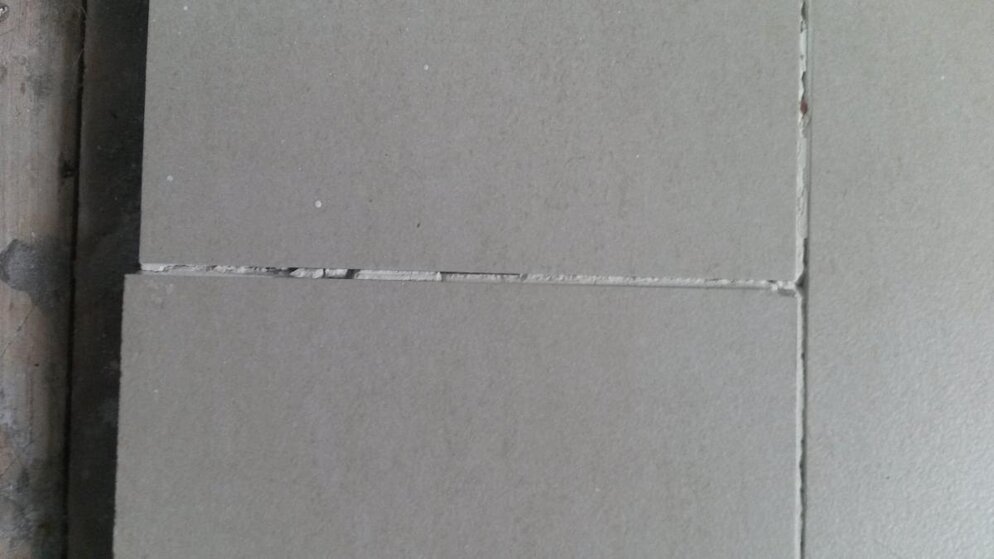Bexstarr
TF
Hi there
First of all, I am VERY happy to have found this forum, as I have been pulling my hair out over this issue. I'll apologise now if this explanation is elongated, but better to have more information than less right?
Ok, this is my situation. I have been renovating my house, and had one company do the bathroom and kitchen installation. They were not cheap, but they did do 'almost' excellent job. The kitchen is fantastic, but the bathroom is where I have been experiencing issues. It is not a very big bathroom, at a guess, about 30ft squared. Enough to fit in a basin, toilet and offset quadrant shower cubicle. I chose to have the floor and half the walls tiled using porcelain tiles (£75 per sq m). These tiles are extremely durable (the toughest they had used according to the installers). Anyway, a couple of months in, the grouting cracked floor and some wall grout). They came round, and redid the cracked parts. A few months later, it cracked again, but only on the floor. I have called the company several times, to be told they will get back to me. Of course they don't. Anyway, after a particularly angry call from myself, I got a call back from the owner, saying that they can come and replace it again, but cannot do so until after the new year as they are so busy.
He also stated that this has never happened, and that they use top grade grout. He said that if it cracks again, then it must be the subfloor and that there is nothing more they can do.
I am trying to ascertain my rights with regard to this matter. I have been reading up on trading standards, consumer rights, etc. And from what I understand, it is the builders responsibility to resolve, is that right? I believe that the issue IS with the subfloor. I don't think any tiles have cracked as they are so hardy.
I have read conflicting information about installing on a wooden subfloor, but the majority of what I read say you should lay at least 15mm of plywood or backerboard onto the wooden floor in order to stabilise it. He has laid, what appears to be, 2 sheets of plywood at 3mm each, and with some additional plywood inbetween these 2 sheets. On top of the plywood is a thick layer of thinset. I have attached some pictures so you can see what I mean. Are there any specific standards which state the minimum thickness of plywood that should be used?
Are there any actual standards (rather than recommended guidelines) to adhere to when laying tiles over a wooden subfloor? For example, you HAVE to use XXmm thickness of plywood. If I can identify where the fault lies, then I can hopefully get them to fix it. I am also now 4 months pregnant, so need all this resolved as soon as possible (this is my only bathroom in the house). Also, if they have to rip it up and redo, can I use the same tiles? I cannot afford to purchase more, as they were too expensive.
Thank you in advance for all your advice.




First of all, I am VERY happy to have found this forum, as I have been pulling my hair out over this issue. I'll apologise now if this explanation is elongated, but better to have more information than less right?
Ok, this is my situation. I have been renovating my house, and had one company do the bathroom and kitchen installation. They were not cheap, but they did do 'almost' excellent job. The kitchen is fantastic, but the bathroom is where I have been experiencing issues. It is not a very big bathroom, at a guess, about 30ft squared. Enough to fit in a basin, toilet and offset quadrant shower cubicle. I chose to have the floor and half the walls tiled using porcelain tiles (£75 per sq m). These tiles are extremely durable (the toughest they had used according to the installers). Anyway, a couple of months in, the grouting cracked floor and some wall grout). They came round, and redid the cracked parts. A few months later, it cracked again, but only on the floor. I have called the company several times, to be told they will get back to me. Of course they don't. Anyway, after a particularly angry call from myself, I got a call back from the owner, saying that they can come and replace it again, but cannot do so until after the new year as they are so busy.
He also stated that this has never happened, and that they use top grade grout. He said that if it cracks again, then it must be the subfloor and that there is nothing more they can do.
I am trying to ascertain my rights with regard to this matter. I have been reading up on trading standards, consumer rights, etc. And from what I understand, it is the builders responsibility to resolve, is that right? I believe that the issue IS with the subfloor. I don't think any tiles have cracked as they are so hardy.
I have read conflicting information about installing on a wooden subfloor, but the majority of what I read say you should lay at least 15mm of plywood or backerboard onto the wooden floor in order to stabilise it. He has laid, what appears to be, 2 sheets of plywood at 3mm each, and with some additional plywood inbetween these 2 sheets. On top of the plywood is a thick layer of thinset. I have attached some pictures so you can see what I mean. Are there any specific standards which state the minimum thickness of plywood that should be used?
Are there any actual standards (rather than recommended guidelines) to adhere to when laying tiles over a wooden subfloor? For example, you HAVE to use XXmm thickness of plywood. If I can identify where the fault lies, then I can hopefully get them to fix it. I am also now 4 months pregnant, so need all this resolved as soon as possible (this is my only bathroom in the house). Also, if they have to rip it up and redo, can I use the same tiles? I cannot afford to purchase more, as they were too expensive.
Thank you in advance for all your advice.





